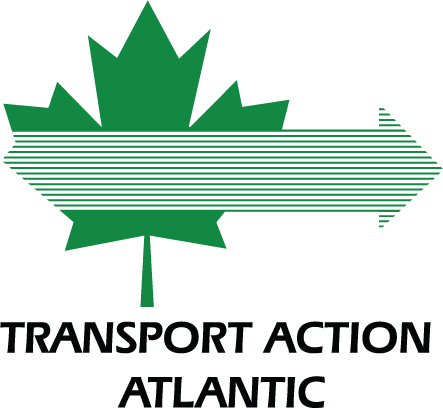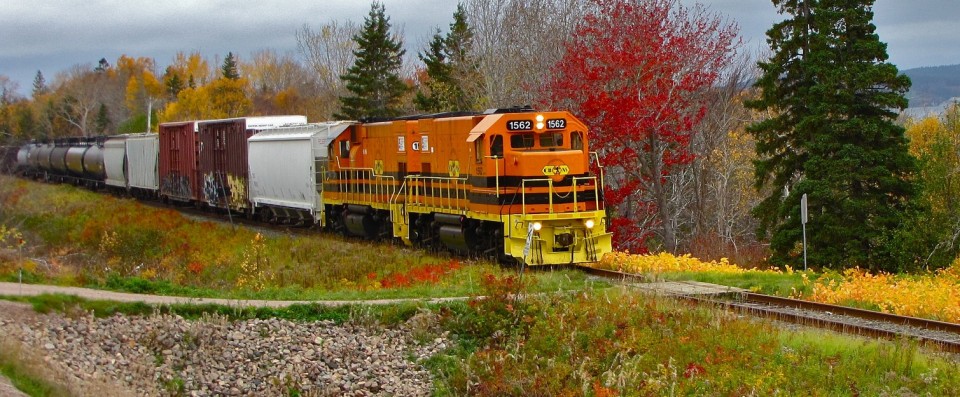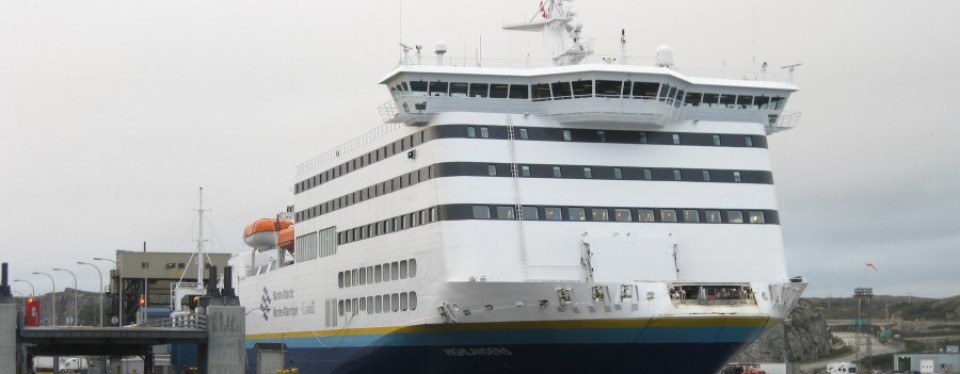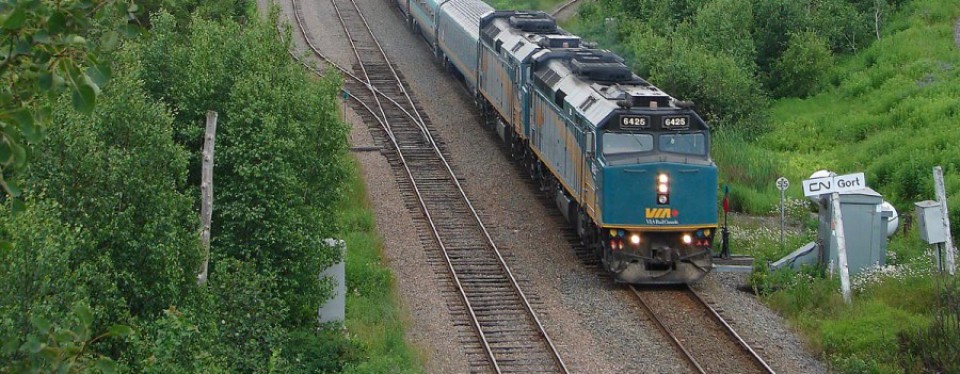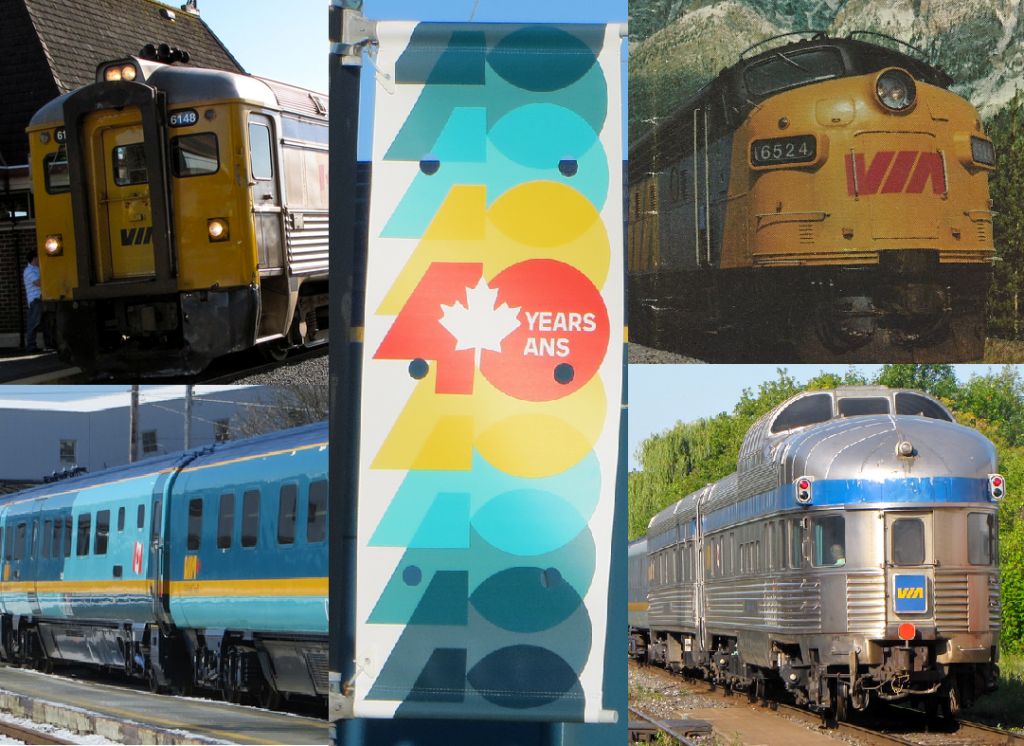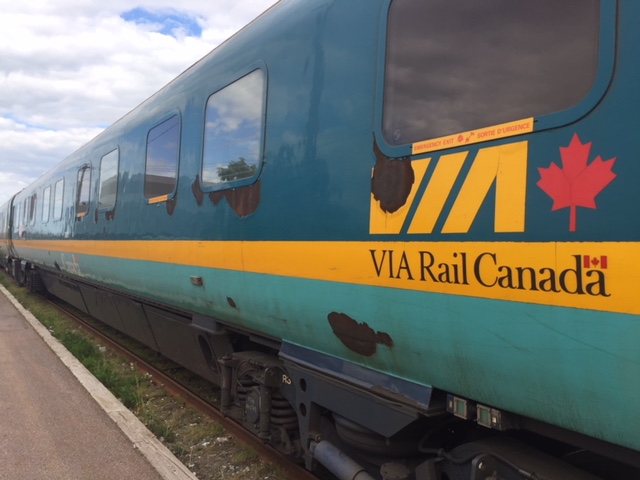
[Originally published in the Spring-Summer 2018 edition of “The Bulletin”]
Early in 2018 VIA released their 2017-2021 Corporate Plan. These documents, released each year and looking ahead for the next five, offer a synopsis of the state of the railway and tend to provide insight into what VIA is looking at moving forward. In the last few years these plans have focused heavily on VIA’s need for new equipment, and some of the challenges (e.g. deteriorating on time performance on many routes, rising costs) and successes (e.g. ridership growth), as well as a look at their plans across the entire system. This latest corporate plan, which can be found in full online (http://www.viarail.ca/sites/all/files/media/pdfs/About_VIA/our-company/corporate-plan/CorporatePlan_2017-2021.pdf) has some specific items of interest for Atlantic Canada.
There is a blurb describing the operation of the Ocean, which has some new phrasing this year. It reads: “During the holiday season, VIA Rail adds extra departures.” That is a change from past years, which used past tense phrasing (e.g. last year it said “during the holiday season, VIA Rail added six extra departures”). This seems to imply that the holiday frequency expansion is now considered a standard annual practice. This is further confirmed in the following section. *EDIT: Since publication, we have learned that VIA will not be running any extra trains this holiday season. More details to come soon, but it seems a major factor this year is that the normal dates of operation fall rather optimally around the Christmas and New Years holidays. In any case, it is still a reduction of capacity, and disappointing news.*
Under “operational issues” for the Ocean, there is a notable recognition that VIA’s reduction of frequency on the Ocean has been problematic (italics added for emphasis): Continue reading “VIA Rail’s 2017-2021 Corporate Plan: what’s in it for Atlantic Canada?”
